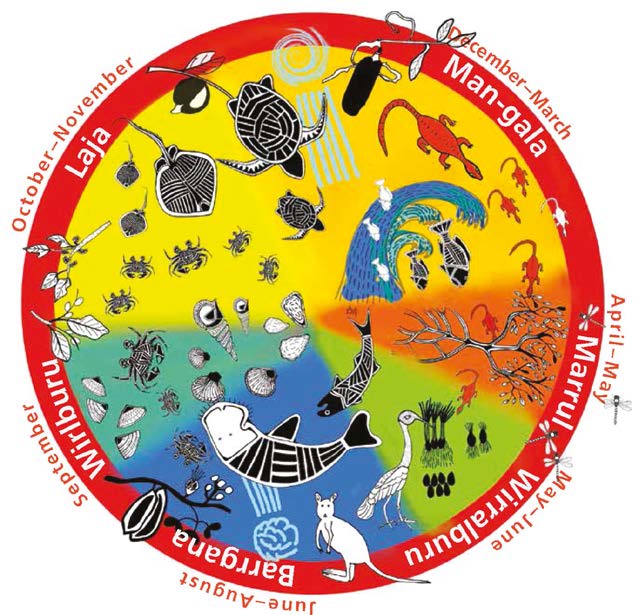Welcome to the Tree Trail
Broome Senior High School, located on Yawuru Country in Broome (Rubibi), showcases a rich botanical diversity of the Kimberley region. Visitors and students can now follow a trail marked by small numbered signs at the base of various trees around the campus. These signs offer insights into the diverse flora that represents the Kimberley. While not all trees on this trail are endemic to the region, it features iconic species like the Gubinge and Boab, along with trees commonly found in our town.
The purpose of this project is to educate the public about the remarkable diversity of flora in the Kimberley region. By providing detailed information on various trees, we aim to foster a deeper appreciation and understanding of our natural heritage. We extend our gratitude to Joe Edgar, Yawuru Rangers Jas Cook and Cary Van de Vente for their guidance, and to Nyamba Buru Yawuru for their language contributions and cultural information. Through this initiative, we hope to inspire a greater connection to and respect for the unique botanical landscape of our community.
The Kimberley Bioregion
Australia is divided into 89 bioregions and each region is a land area made up of a group of interacting ecosystems that are repeated in similar form across the landscape.
The West Kimberley bioregion is known as Dampierland and includes Broome, the Dampier Peninsula and coastal region behind Eighty Mile Beach. Dampierland’s characteristic vegetation is pindan woodland.
Climate and seasons
The six Yawuru seasons are commonly understood by residents in Broome and similar seasonal calendars exist for other language groups across the region.
Man-gala Summer. December- March: The wet season, when the strong northwest wind brings the rains in from the sea. Man-gala occurs approximately during December to March. The length of the season depends upon the beginning and end of the ‘wet’.
Marrul Late summer. April: The hot period after the wet season, when the wind is still. This occurs in approximately April. Marrul is the shortest of the seasons. It begins with the budding of the inland bloodwood and it continues until the southeast winds start to blow.
Wirralburu Autumn. May: A cooling time occurring approximately in May. Wirralburu is the beginning of the strengthening south east winds. It is a very dry period. No rain. The days are still hot but there is a cooling and the nights are pleasant.
Barrgana Winter. June-August: Cold days and nights. It is usually dry but winter rain can fall. Fog also occurs at this time particularly at the beginning and end of the season. The dry wind blows strongly from the southeast off the desert and can bring duststorms.
Wirlburu Spring. September: The transition period from cool to hot season occurs in September, during which the westerly wind starts to blow. Both days and nights are hotter. Dry time but clouds begin to appear. Dust storms may still occur.
Laja Early Summer. October-November: The hot time and build up to the wet season from October to November, when the days are very warm and the humidity is high. The first rains indicate the end of Laja.

